The medieval Dutch solution to flooding
In a world of more frequent and more intense flooding, one way to protect against the worst can trace its roots back to the Netherlands, nearly 1,000 years ago.
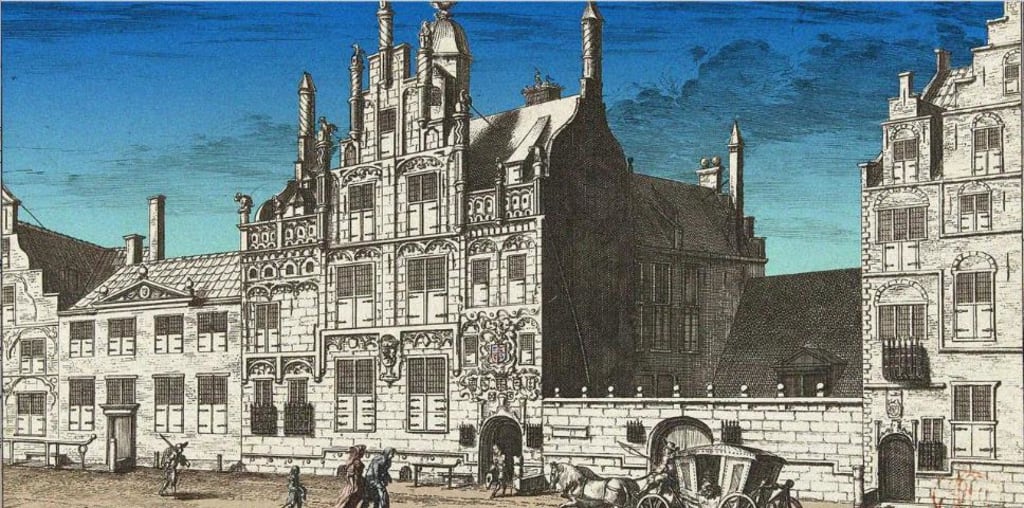
This July, gorged by days of rain, the Meuse River broke its banks, and the Belgian town of Liège was its victim. Waters the colour of old gravy raced through town, leaving residents floating in canoes as their homes vanished about them. In the city and its province, over 20 died, one man drowning in his basement.
Nor was this corner of Eastern Belgium alone. In nearby Germany, around 200 perished, with journalists describing the flooding as a once-in-a-century event. The financial impact of the disaster was shocking too. Near Liège, a single chocolate factory sustained damages worth around €12m (£10m/$13.5m).
Yet as the mayhem unfolded, one corner of Northern Europe suffered far less. In the Netherlands, the summer flooding was also described as the worst in a century and property damage was severe, but the country survived the floods without a single fatality. There are many reasons for this: quick evacuations, strong dikes and robust communication among them. But what underpins these varied forms of flood defence is an institution: the so-called "water boards" that have protected this waterlogged land for nearly a millennium.
These associations are worth understanding for the way they blend local democracy, direct taxation and crystal-clear transparency to put water at the very core of Dutch life. And the Netherlands is not alone. From the Ethiopian uplands to the communities along the Danube, water managers the world over have borrowed aspects of the Dutch model for their own needs, improving life for thousands along the way. They may soon be joined by other regions, as countries the world over face up to the rise in inundation and floods that come with climate change.
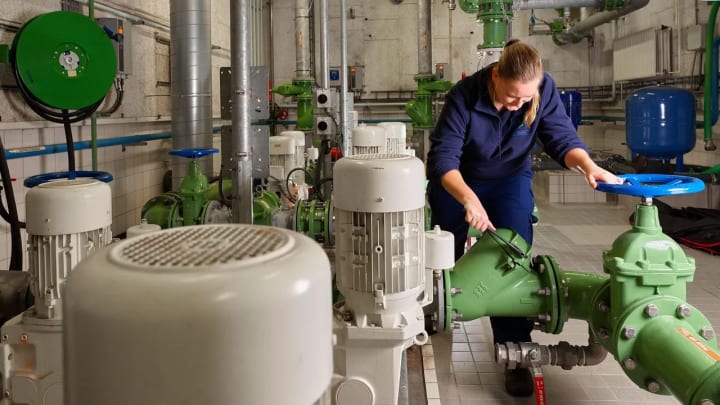
When Piet-Hein Daverveldt goes to work each morning, amid the churches and cobblestones of the Dutch city of Delft, he feels history standing to attention at his side. "Obviously, you are aware that you're the next in line," he says. "You stand on the shoulders of many people in the past." At 167 Oude Delft, it's easy to see what he means. If you stop at this address and look up you see the coats of arms, the delicate panelled windows, the stately Gothic facade finished in 1505. This is the town’s gemeenlandshuis, translated as the headquarters of the local water board, where Daverveldt serves as the chairman – or dijkgraaf as his title is known.
This elegant building became Delft's gemeenlandshuis in 1645, and even that is quite new in the world of the water boards. Known in Dutch as waterschap or hoogheemraadschap, some trace their roots to the 12th Century. "Farmers, in particular, had to band together to protect their land," explains Tracy Metz, co-author of Sweet & Salt: Water and the Dutch. "Of course, every chain is as strong as its weakest link, so there was communal pressure for everybody to do their bit to keep their farmland dry." Even today, this still makes sense in a nation where nearly a third of the land and half of homes still lie below sea level. Dutch polders (low-lying fields reclaimed from the sea) and dikes need to be maintained collectively.
This natural vulnerability – "Netherlands" literally means "low-lying country" – helps explain the growing power of the water boards. By the time Vermeer and Rembrandt were wetting their brushes in the mid-17th Century, the boards could levy their own taxes and punish polluters. At the offices of the Rijnland Water Board in Leiden, you can still find a six-foot pole topped with an iron brand – once used to keep people in line. Even so, says Metz, the waterschaps were essentially representative bodies. Though not democratic in the modern sense, they were run communally, with farmers or burghers shaping their local organisation. Metz argues that the boards formed the basis of later Dutch democracy.
The water boards have plainly evolved from that lost age of trade guilds and ruff collars. Where once there were 3,500, just 21 remain, represented by a national association. But though their number has been cut, their role has arguably been extended: beyond organising and maintaining flood defences, they’re also responsible for water quality control, river and canal maintenance and sewage treatment. And their distinctive history still seeps into contemporary Dutch life. Apart from handsome examples in brick and stone, this can vividly be seen in the language. The term dijkgraaf, for instance, has distinctly aristocratic tones – literally it means "dike count", serving a striking reminder of Holland's deeply feudal past. Meanwhile, Dutch politicians use the verb polderen to describe the spirit of cooperation implicit in the water boards.
The history of the water boards has practical modern-day consequences too. Like their medieval forebears, for instance, water boards still fundraise independently. Households broadly pay two types of tax: to their municipality and to their water board. And, as Emilie Sturm argues, this independence comes with obvious financial benefits. Unlike elsewhere, where water management jostles for cash with education or housing, the Dutch model "guarantees" the coffers are always full, explains Sturm, the programme manager at Blue Deal, the body that promotes Dutch water expertise abroad. This is reflected in the statistics: the water boards generate up to 95% of their budgets via their own taxes. Compare that with the American state of Texas, where the US Department of Housing and Urban Development recently announced Houston and its county would get no new funding for flood relief – despite asking for $1.3bn (£1bn).
At the same time, the waterschaps continue their long tradition of open and elected government. Most board positions are now elected directly by the public, though a few are still doled out to corporate interests in industry, farming and the environment. Admittedly, the average Dutch person is often unconcerned with their local board: Rens Huisman of the Zuiderzeeland Water Board compares them to football referees: you ignore them when they work well. Even so, this deep well of localism is helpful. For one thing, says Daverveldt, democracy promotes transparent investing and monitoring. For another, boards are staffed with experts, elected to understand their own locality. This regionalism was on show this summer, when boards adopted varied tactics to fight the floods. In Rivierenland, crisscrossed by waterways, staff rushed to inspect the soundness of local dikes. In Limburg, squeezed between Belgium and Germany, the board has proposed a "euregional" approach to cover all three countries.
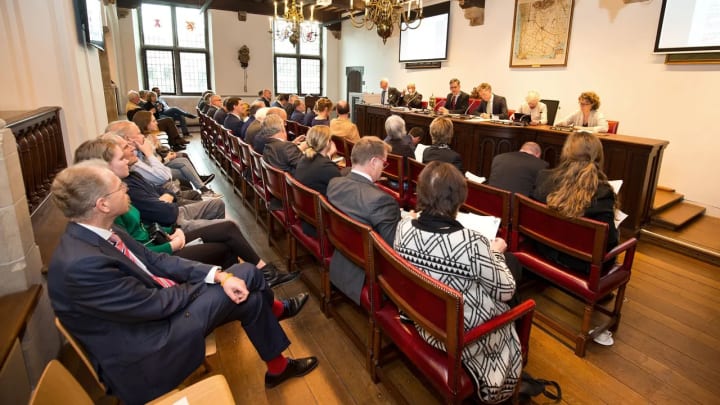
South of Addis Ababa, the Awash River curves languidly for about 700 miles (1,200km) through the Ethiopian heartland, past bushlands and wheat fields and boys tending their goats in the sun. The land is rugged here: many of the hills near the river top 2,000 metres (6,500ft). At night groups of baboons sleep in the leaves of palm trees to hide from predators. To put it another way, this is a place that looks and feels as far from the lowlands of Holland as you could imagine. Yet if you know where to look, you can find traces of the Netherlands everywhere. That is true of the dams and dikes lining the Awash, but also in how the waterway is administered, from taxes to representation. Tegenu Zerfu, an Ethiopian water expert argues this is fundamentally unsurprising. "Securing the future," he says, "can be taken up from the polder model."
For years, Dutch water managers have carried their knowledge to faraway lands, building relationships with countries from Peru to Vietnam.
Nor are the uplands of Ethiopia unique in this sense. For years, Dutch water managers have carried their knowledge to faraway lands, building relationships with countries from Peru to Vietnam. Altogether, the Dutch Blue Deal works in 14 countries, while individual water boards also have their own partnerships, something insiders see as a natural outgrowth of the polderen tradition. Jo Caris, a colleague of Huisman's at the Zuiderzeeland Water Board and a specialist in Ethiopia's waterways, says that supporting the neighbouring water board and distant Awash are really two sides of the same coin. This support can also really be described as an exchange, he adds, with lower income nations also teaching Dutch water veterans a thing or two. Sturm makes a similar point. "The need for this programme," he explains, "really came from the understanding that in order to adapt to climate change, we need to learn from each other worldwide."
As this last comment implies, the Dutch are careful never to export their methods wholesale, and try to bring valuable lessons home too. But while a gemeenlandshuis is unlikely to sprout up in Addis Ababa anytime soon, the water boards have made their mark on Ethiopia. That is clear, for instance, when it comes to how Zerfu and his colleagues reformed taxation along the Awash. Until the Dutch came several years ago, major industrial concerns had little incentive to save water, a serious challenge in a country where just 42% of people have access to a clean water supply. But things are different now: poor farmers along the Awash are exempt from the water tax, while bigger users are expected to pay their share. Even better, Zerfu says that like the Dutch model, this system is self-financing – crucial in a country where there is ongoing conflict, human rights abuses and poverty (a quarter of the population lived below the poverty line in 2016).
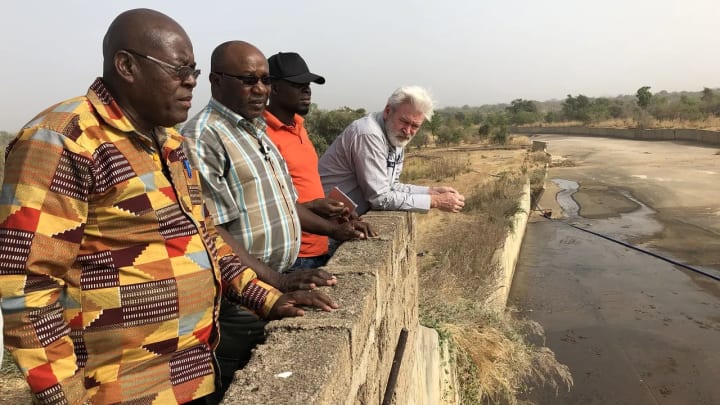
You can also see echoes of the Dutch systems in how Ethiopia approaches representation. Nothing like elected water boards exist along the Awash: the nation's democracy is too fragile. Even so, the Dutch and local officials have encouraged smallholder farmers to join local water user associations, giving them collective power to negotiate with the state and industry. Modest schemes like this, argues Huisman, are typical of how the Dutch operate abroad. "You have to look at the principles that are under our governance model – and change it when you apply it to other countries."
The same is true for countries closer to the Netherlands. Mirela Ciucur is the head of economic affairs at the Romanian Waters National Administration. Like Tegenu Zerfu, she's seen the influence of the Dutch model in her homeland, particularly when it comes to good governance. Historically, the spending of Romanian water taxes lacked transparency, explains Ciucur. Borrowing from the Netherlands, Ciucur developed a "model of economic analysis" to understand exactly what needed money, from flood defences to beach maintenance. Apart from being more transparent, this approach prods Romania towards the "cost recovery" model so successful in Holland. Like in Ethiopia, to be sure, the comparisons aren't exact. Though Romania already has 11 regional water boards, for instance, their budgets are managed centrally from Bucharest. Even so, Ciucur is ultimately convinced of the need to go Dutch. She says she hopes "we're able to be close to their success model".When the rains came, an inch (2.5cm) an hour at their heaviest, the torrent was unstoppable. People had to be saved from around 900 villages, and the floods came so fast that soldiers had to save marooned villagers in rickety wooden boats, guiding elderly women through the mud. These could have been the floods in Germany or Belgium: they happened last summer, mere weeks after Liège and its neighbours were ravaged, and over 100 people died here too. But in fact, this latest catastrophe happened on the other side of the world from the Netherlands, in the central Indian state of Maharashtra.
These two disasters, twins in cause, consequence and timescale, speak poignantly to the threat of flooding in an age of climate emergency. Across a swathe of Western Europe, scientists have found that climate change increases the amount of rain that falls on any given day by up to 19%. Unsurprisingly, this dramatically heightens the risk of flooding. Researchers have suggested climate change made Germany's recent floods nine times more likely. Scientists have come to similar conclusions about the subcontinent, noting that climate change is helping to put 75% of Indian districts at risk of weather disasters like floods. And not only in these two areas of the world. Parts of South Dakota, Nebraska and New Mexico could see a five-fold rise in flood exposure by 2100.
To put it another way, the problems that recently blighted Belgium and India are becoming truly global threats. That naturally begs the question: what should be done? Of course, the ultimate answer is bewilderingly complex, encompassing everything from green energy to better planning laws. But could the Dutch model of water management – with its pillars of independence, transparency, collaboration and adaptability to local conditions – offer wider lessons too? Experts believe it might. "It could work really well," argues Tracy Metz, "if these organisations have enough autonomy and clout that what they decide actually happens." Sturm agrees. Water, she emphasises, is going to play a "huge role" in the world of tomorrow. "So the need for a water authority to be there, and to have the right knowledge, the right institutions, the right stakeholder management, is so important."
There are signs, too, that even places without direct links to the Blue Deal are thinking in broadly Dutch terms. In Virginia, for instance, vulnerable cities across the state are cooperating to develop a unified coastal master plan, encouraging the government to take more financial initiative in the aftermath of an emergency. On the other side of the country, meanwhile, the State Water Resources Control Board in California is pondering giving itself more powers, potentially obliging people who control rivers and streams to share their bounty with the community. If they can do it without resorting to six-foot brands, all the better.
About the Creator
Holy horse
There is no one who does not know the name America, the country that is on the Internet in movies and television as if it were made up by God out of thin air.




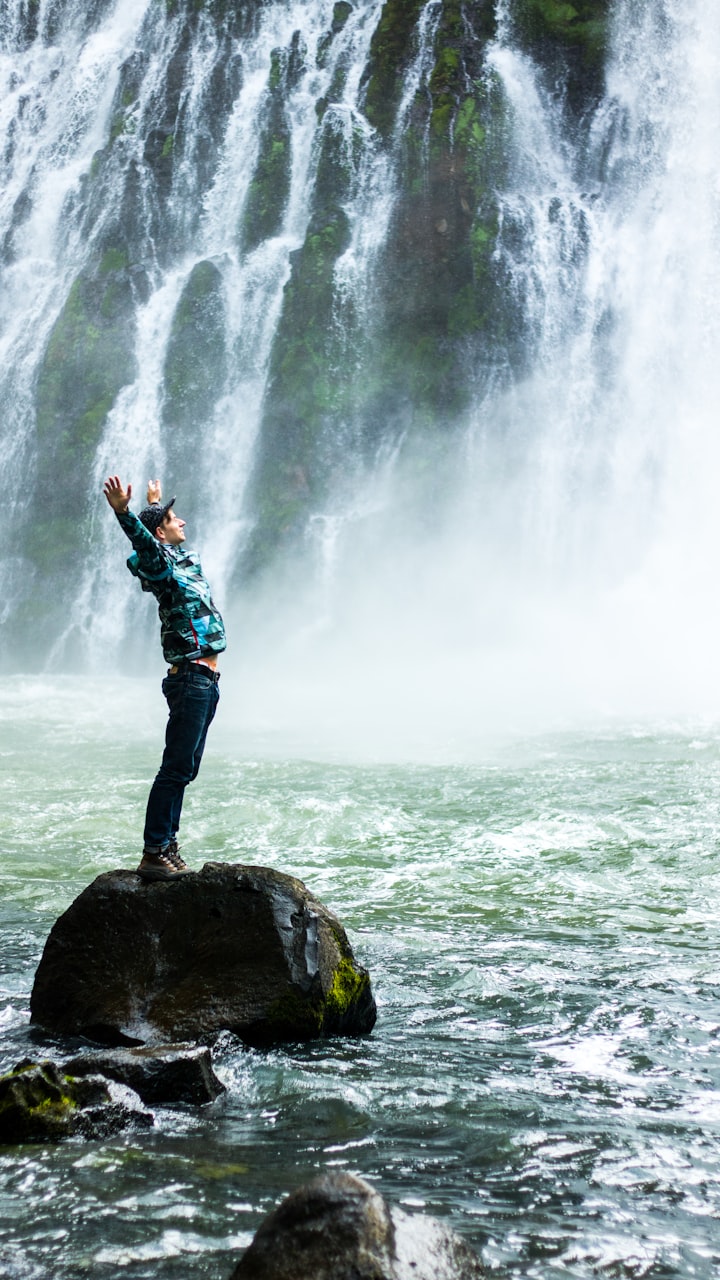

Comments
There are no comments for this story
Be the first to respond and start the conversation.